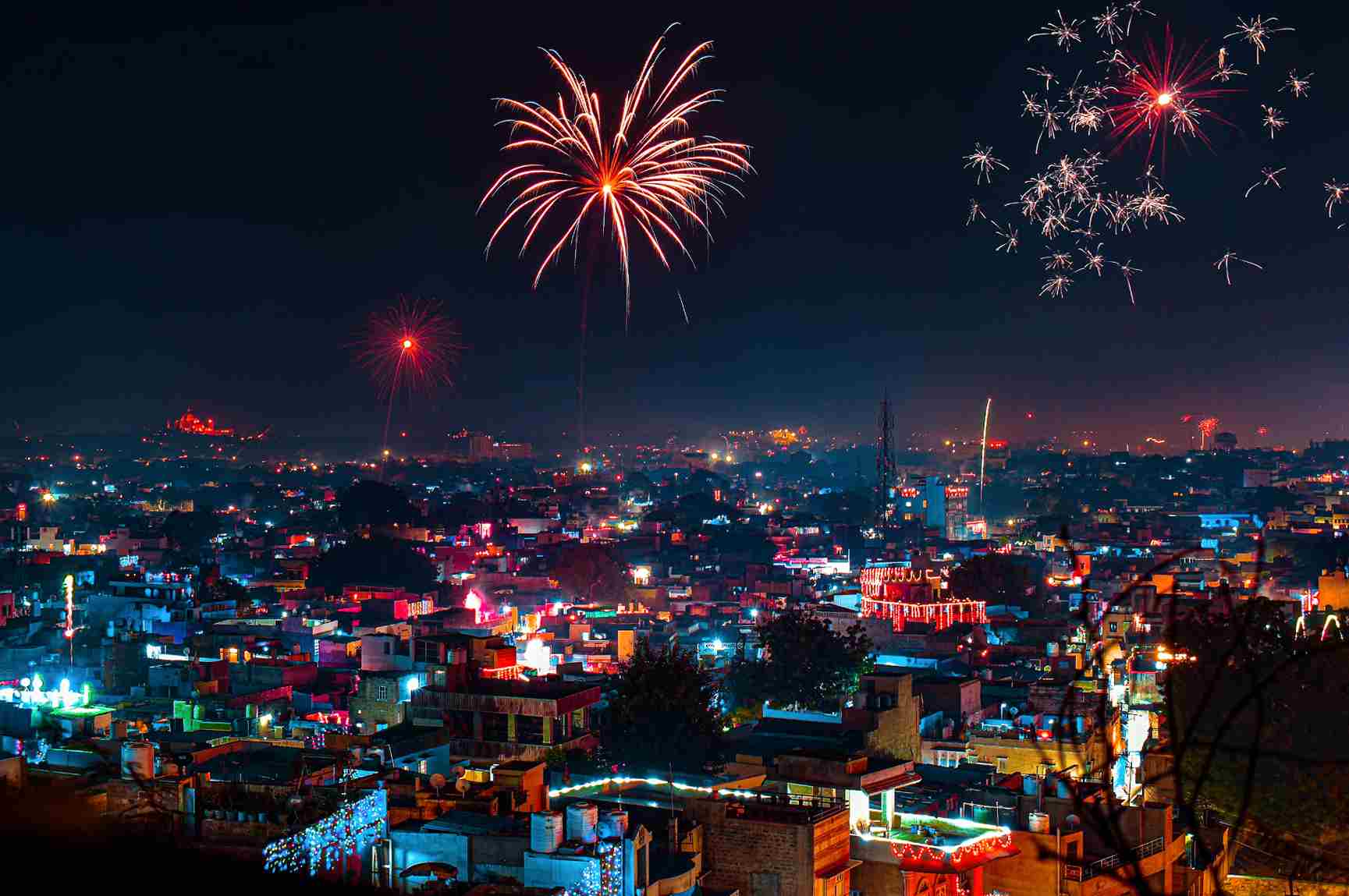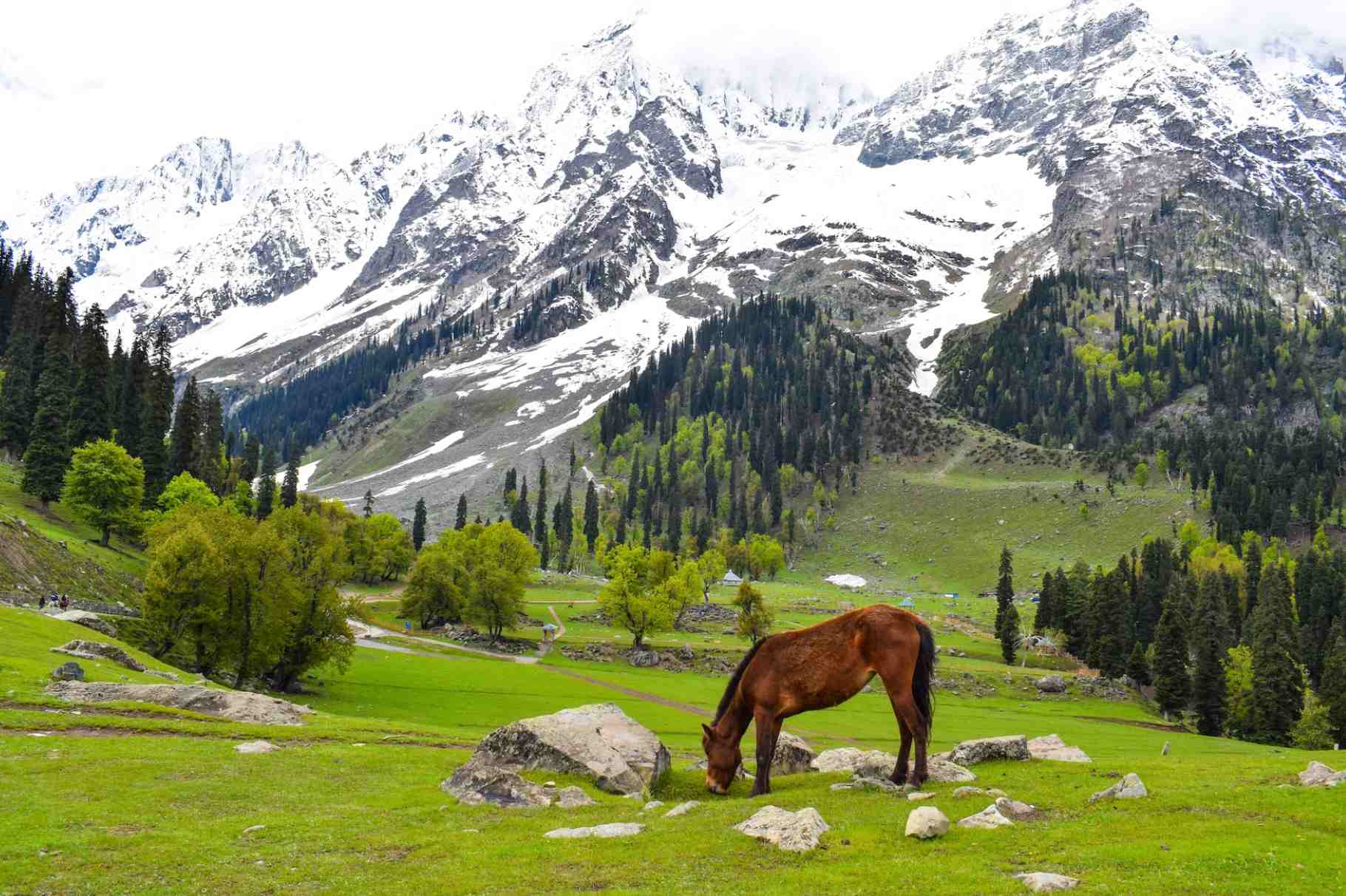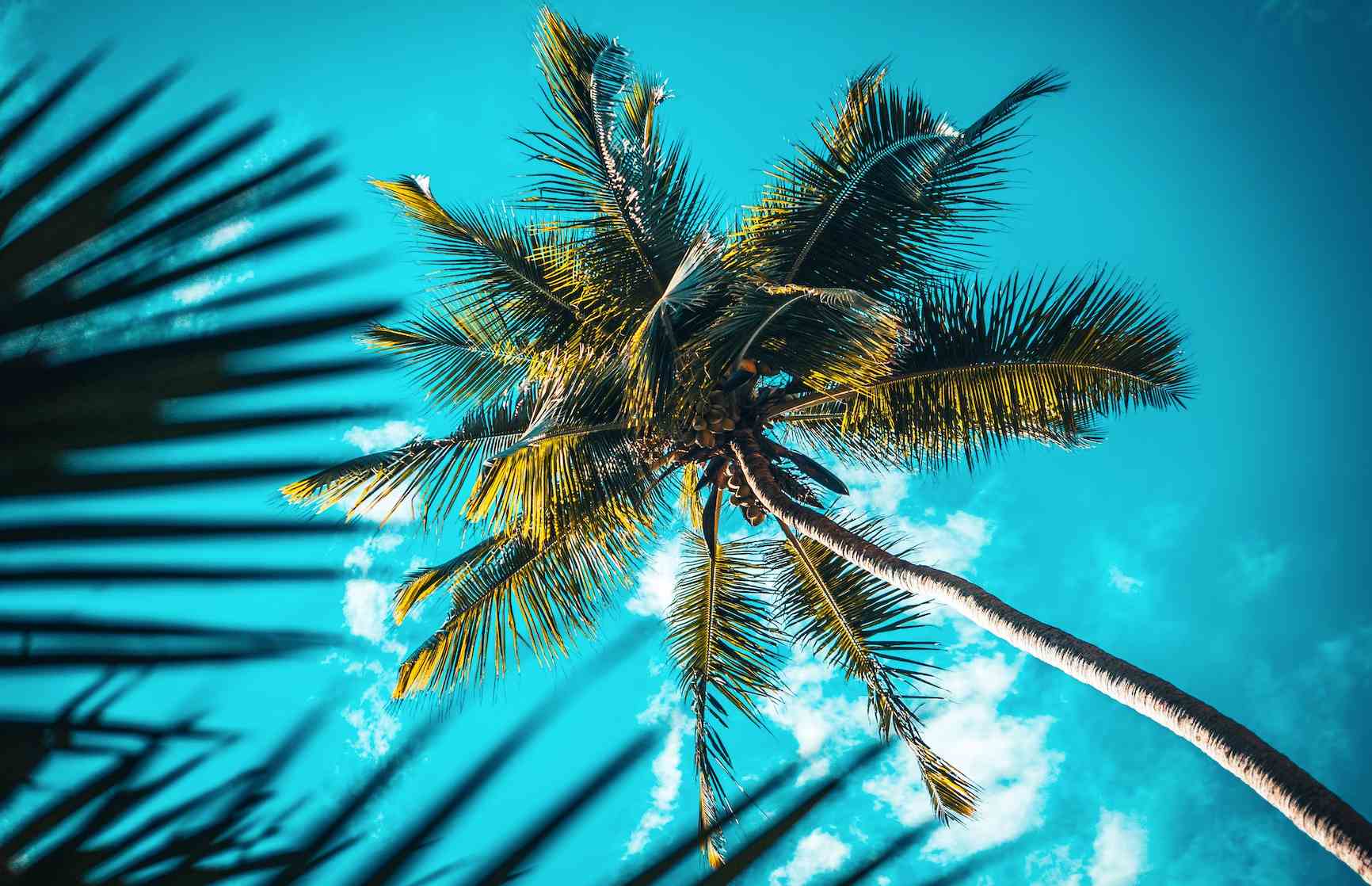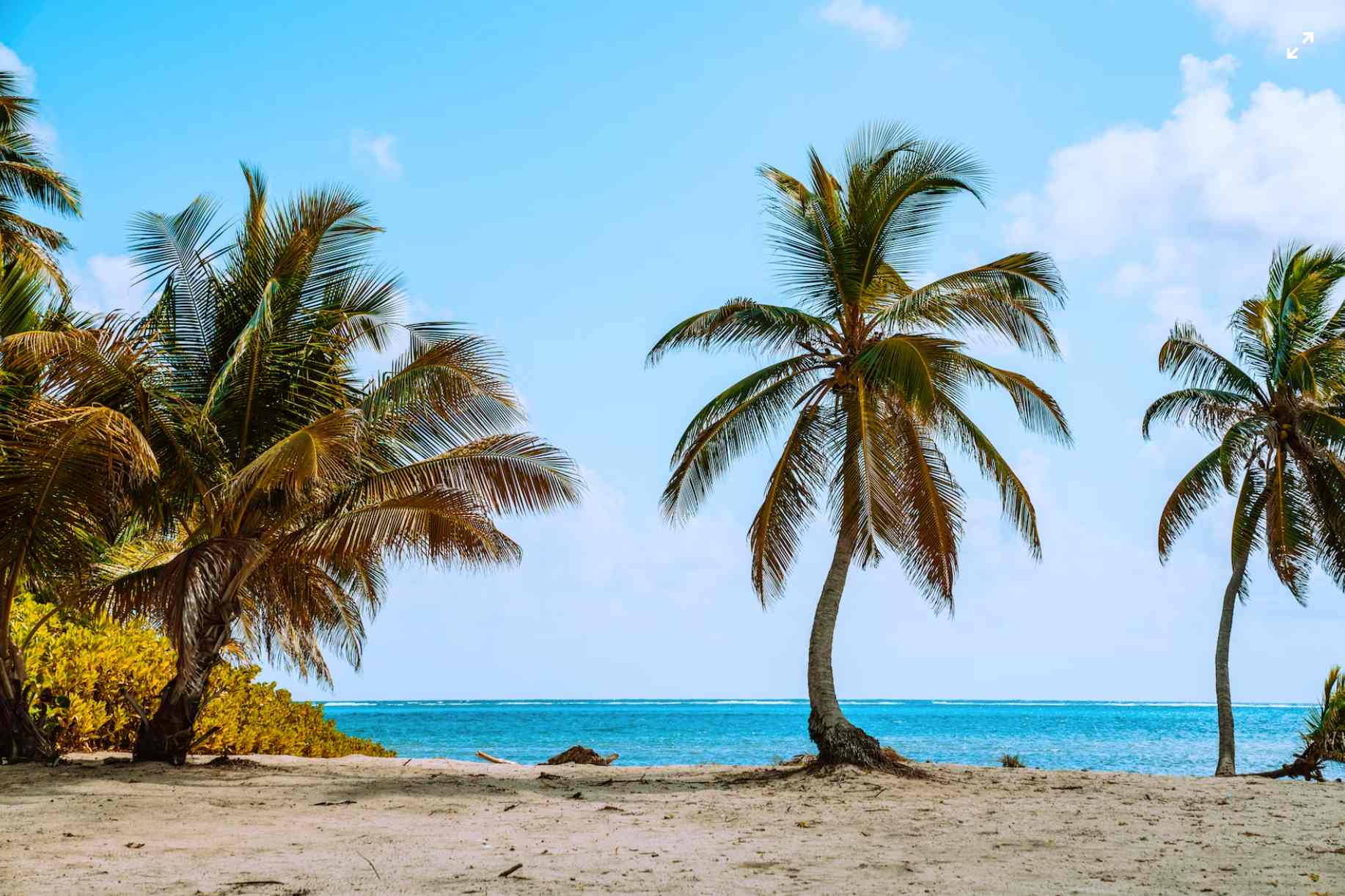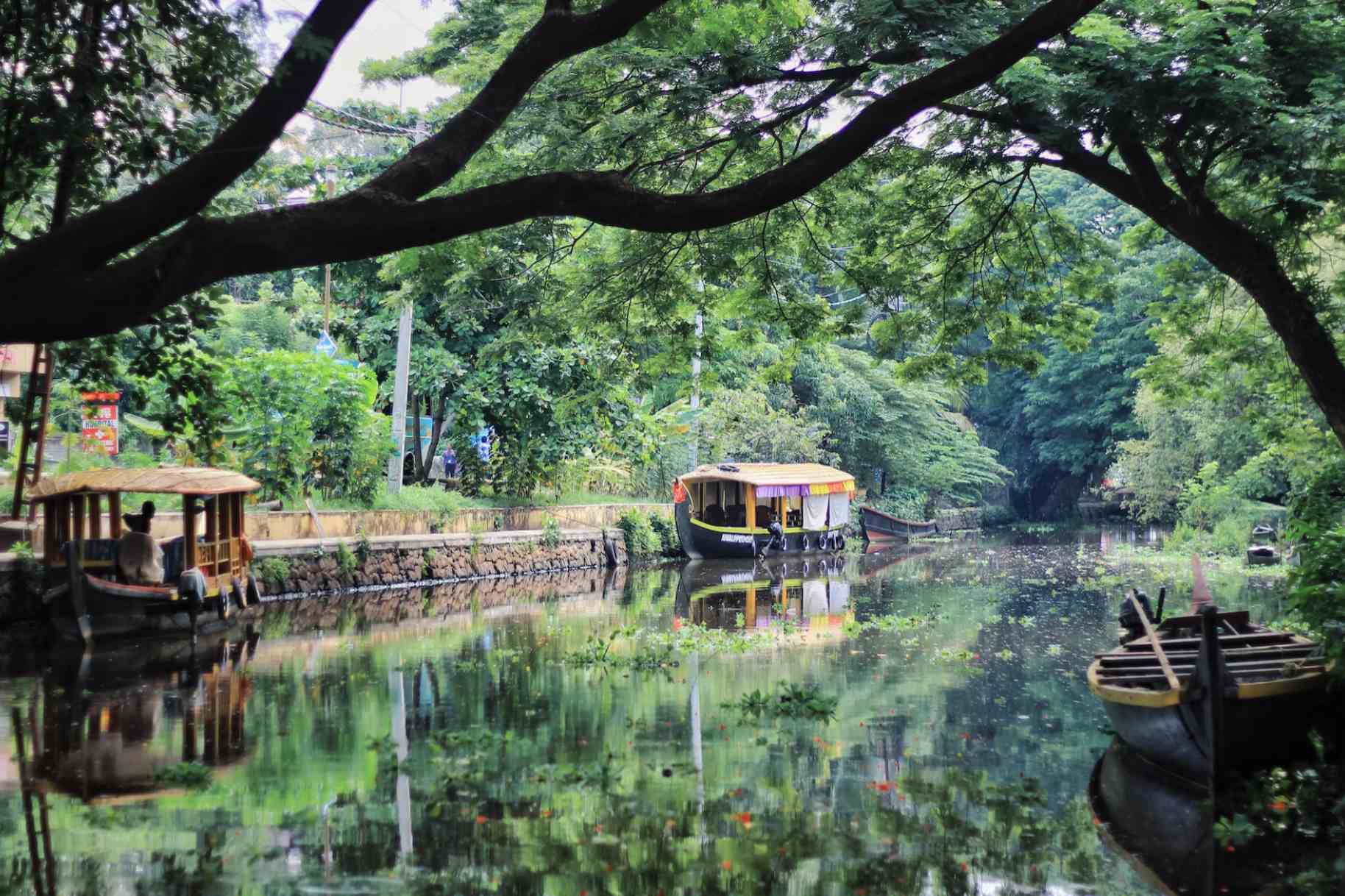Munnar Beyond the Hill Stations: Discovering the Cultural Gems
Munnar is a popular hill station in India, known for its breathtaking natural beauty and tea plantations. However, there is much more to Munnar than its famous hill stations. The region has a rich cultural heritage that is worth exploring. From food and art to festivals and history, here are some of the cultural gems of Munnar that visitors can discover:
Food
Munnar's cuisine is a unique blend of Kerala and Tamil Nadu's culinary traditions. The region's fertile land and abundant water resources have resulted in a diverse and delicious food culture. Visitors can try the local delicacies such as appam, puttu, dosa, and sambar. These dishes are usually made with fresh, locally sourced ingredients and are bursting with flavor.
Also read: The Art of Tea Tasting in Munnar
Another interesting aspect of Munnar's food culture is its tea-based recipes. Tea is a staple crop in the region, and locals have come up with several innovative tea-infused dishes, including tea cakes and cookies. A visit to Munnar is not complete without sampling its delicious food.
Art
Munnar is home to several artists and artisans who specialize in traditional crafts such as weaving, pottery, and basket-making. Visitors can visit workshops and studios to learn about these traditional crafts and purchase handmade souvenirs. One such craft that is unique to Munnar is the art of tea leaf embroidery. Tea leaves are carefully selected, dried, and dyed before being sewn onto fabric to create intricate designs. Visitors can watch skilled artisans at work and even try their hand at this fascinating craft.
Festivals
Munnar celebrates several festivals throughout the year, each with its unique customs and traditions. One of the most popular festivals is Onam, which celebrates the homecoming of the mythical king Mahabali. The festival is marked by grand feasts, colorful decorations, and traditional dance performances. Another important festival is Vishu, which marks the beginning of the Malayalam new year. The festival is celebrated with rituals such as the Vishukkani, where a tray of auspicious items is displayed early in the morning. Visitors can experience these festivals and learn about the local culture and customs.
History
Munnar has a rich history that dates back to the British colonial era. The region was once covered in dense forests and was inhabited by several indigenous tribal communities. The British recognized the region's potential for tea cultivation and started large-scale plantations. Tea cultivation quickly became the mainstay of the local economy, and the region's landscape was transformed. Visitors can explore the region's tea plantations and learn about the impact of tea cultivation on the local economy and culture.
Tribal communities
Munnar is home to several indigenous tribal communities, including the Muthuvans and the Oorali. These communities have a unique way of life and have managed to preserve their culture and traditions despite the rapid changes in the region. Visitors can learn about their unique customs and traditions by visiting their villages and interacting with the locals. One such village is the Kolukkumalai village, which is located at an altitude of 7,000 feet and is home to the indigenous Saurashtrians. Visitors can trek to the village and learn about their way of life.
By exploring the cultural gems of Munnar beyond its famous hill stations, visitors can gain a deeper understanding of the region's rich history and cultural heritage. From food and art to festivals and history, Munnar has something for everyone.











